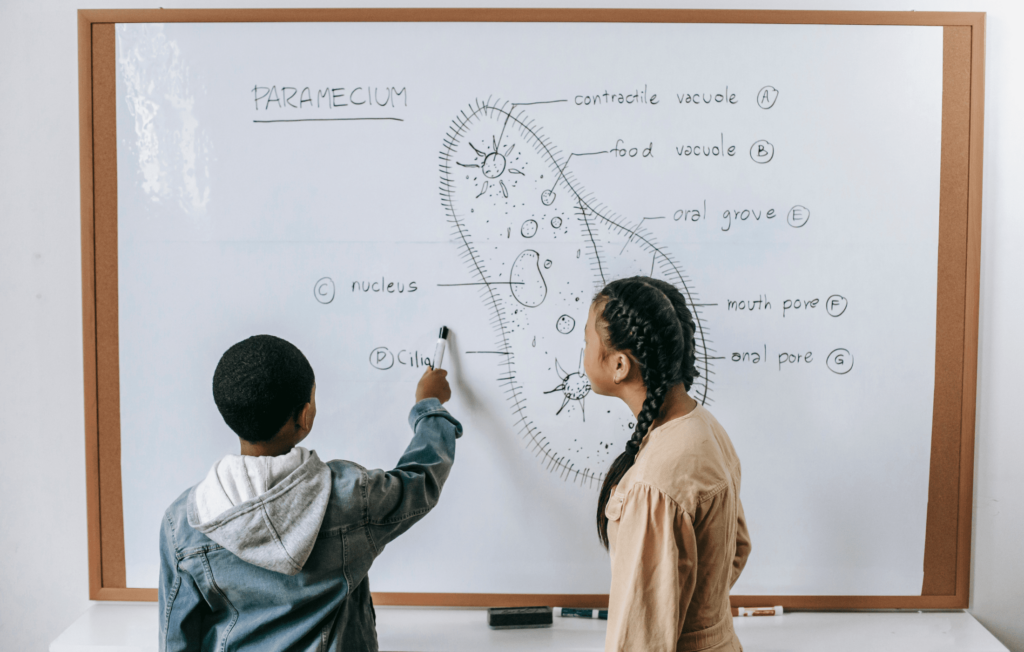Have you found yourself in school asking, “when am I going to use this in my life?”
For many students, classwork can seem more like “busy work,” lacking significant meaning to the real world. They lose interest in their schooling and are left feeling unmotivated to even show up.
Making it even more difficult to find work, the lasting effects of the covid-19 pandemic has left many jobless, causing the unemployment rate to reach the highest it’s been since 1948. Unemployment amongst young workers between the ages of 16-24 rose from 8.4% to 24.4% from spring 2019 to spring 2020.
But long before the pandemic, a puzzling 5.5 million youth in the U.S. were neither in school nor working, making it harder for them to find future employment. Additionally, individuals between the ages of 20 and 24 had an unemployment rate of nearly double the national average, with 16 to 19-year-olds coming in at nearly triple the national rate of unemployment.
So how can students beat this statistic?
What if students could find relevance to their classwork that would encourage them to seek educational opportunities inside and outside of the classroom while preparing them for future employment?
One solution – work-based learning.
What is work-based learning?
Work-based learning (WBL) is defined as “an instructional strategy that enhances classroom learning by connecting it to the workplace.” WBL provides students with educational experiences outside of the classroom so that they can gain a real-world perspective on their education.
WBL could be any academic experience that has a career component, like an internship, micro-internship, job shadow, or apprenticeship. Through work-based learning, students are granted a space where they can develop career-ready skills that will become essential when it is time to enter the job market.
In turn, career readiness seals the gap between students who lack the necessary skills for success in the workplace and employers who aren’t seeking to teach new employees these skills.
What students need to know about work-based learning
° WBL equips students with the skills they need to succeed in the workplace.
° WBL exposes students to a variety of career opportunities available to them.
° WBL provides a real-world application to the concepts students learn in school.
° WBL prepares students to enter the workforce.
° WBL helps students make informed decisions about what they will do when they graduate.
Work-based learning differs from other hands-on experiences in that it allows students to apply what they learn academically to what they need to know in the real world.
For example, every student will be asked to write an essay at some point in their school years, but to apply this assignment to a real-world circumstance, a student may explore the art of writing by interning as a blog writer for a company.
Work-based learning is designed to align with industry demands, and state standards to ensure the student is receiving a relevant, impactful, and safe experience. This means that when a student finds a WBL opportunity, they can feel confident about their experience with a business that is looking to educate and train students. Companies that have a WBL program will provide support as needed to students throughout their time in addition to their instructors who will guide them throughout their experience.
When it is time to enter the workforce and seek employment, students need to have the confidence that they are prepared and qualified to pursue the career of their choice.
VLACS offers several ways for students to participate in work-based learning, like micro-internships, job shadows, and experiences. In addition to school credit, when students complete their work-based learning activity, VLACS will also issue them a digital badge that verifies the new knowledge and skills they acquired throughout their experience.
Start preparing for college, careers, and beyond by exploring learning opportunities at VLACS.




